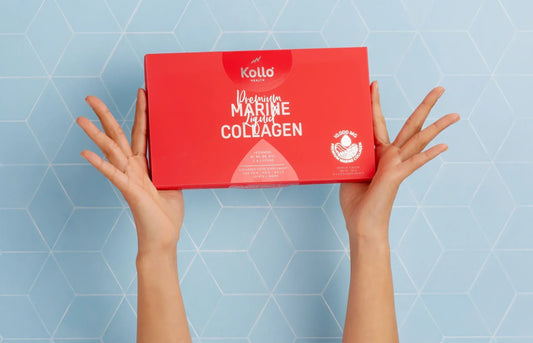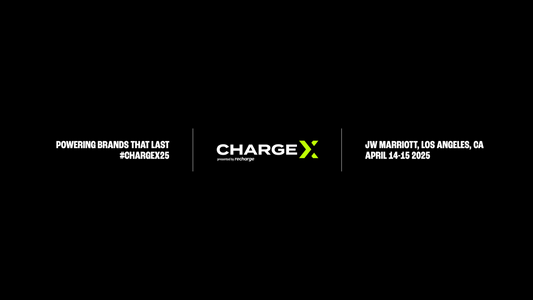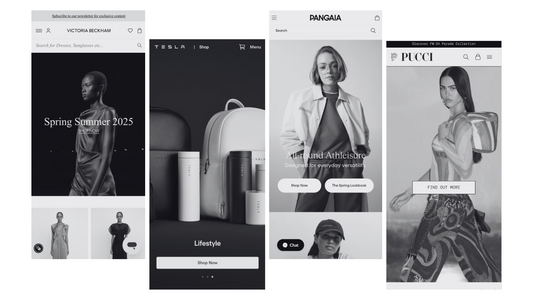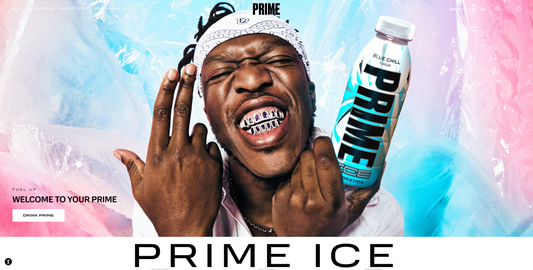Shopify Image Optimisation Guide
As the world’s leading e-commerce platform, Shopify delivers a range of benefits to merchants with websites that are powered by the solution. While images may seem insignificant in the grand scheme of things, they have a big impact on brand perception as well as website performance.
The following post details everything you need to know about Shopify image optimisation, including how to optimise them for the best results.
Is There An Ideal Shopify Image Size?
As the world’s leading e-commerce platform, Shopify delivers a range of benefits to merchants with websites that are powered by the solution. While images may seem insignificant in the grand scheme of things, they have a big impact on brand perception as well as website performance.
The following post details everything you need to know about Shopify image optimisation, including how to optimise them for the best results.
Balance File Size & Quality To Optimize For Site Speed
As most products are listed with multiple pictures, e-commerce stores already come with a higher volume of images than most other types of websites. This makes image file sizes even more important, to optimise SEO performance. The smaller the image file sizes, the faster pages will load.
When it comes to file formats, JPGs are the most common type. This is because of their combination for image quality along with their compression capabilities. PNG images are also popular and come with slightly better image quality. However, it also means that they typically have larger file sizes as well.
The key is to find a perfect balance between image quality and file size. There are numerous free online tools such as Compress JPEG and TinyJPG that will give merchants the ability to compress image file sizes with little to no visible dropoff in image quality to the naked eye.
Balance File Size & Quality To Optimize For Site Speed
As most products are listed with multiple pictures, e-commerce stores already come with a higher volume of images than most other types of websites. This makes image file sizes even more important, to optimise SEO performance. The smaller the image file sizes, [the faster pages will load] (link to Shopify Store Speed article).
When it comes to file formats, JPGs are the most common type. This is because of their combination for image quality along with their compression capabilities. PNG images are also popular and come with slightly better image quality. However, it also means that they typically have larger file sizes as well.
The key is to find a perfect balance between image quality and file size. There are numerous free online tools such as Compress JPEG and TinyJPG that will give merchants the ability to compress image file sizes with little to no visible dropoff in image quality to the naked eye.
Contact us to claim your free conversion checklist and tech stack audit here.





